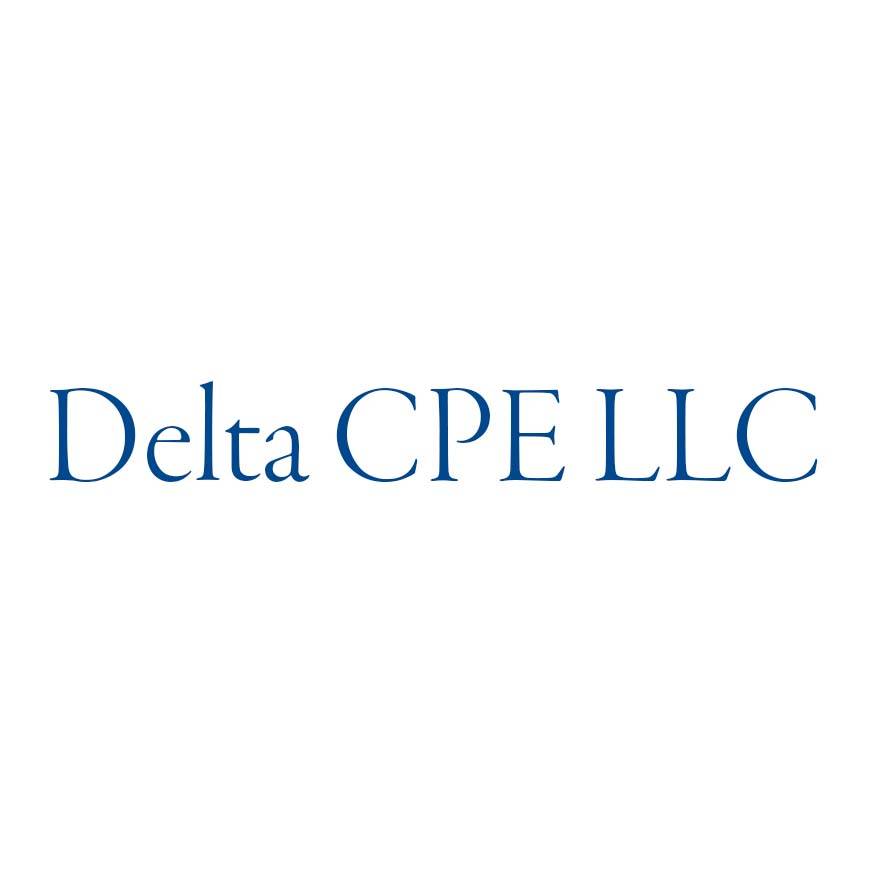Self-Study
Complete Business Math for Accountants
Your guide to business math in the accounting profession. Learn about credit costs, cash flow analysis, forecasting methods, and financial ratios.

$391.00 – $431.00
Webcasts are available for viewing Monday – Saturday, 8am – 8pm ET.
Without FlexCast, you must start with enough time to finish. (1 Hr/Credit)
Please fill out the form below and we will reach out as soon as possible.
CPE Credits
17 Credits: Finance
Course Level
Basic
Format
Self-Study
Course Description
Complete Business Math for Accountants is an essential course for professionals seeking to enhance their understanding and application of business mathematics in real-world scenarios. The accounting math course offers a treasure trove of filled-in examples, illustrations, and practical applications covering various aspects of business finance. From computing the cost of credit and capital to analyzing budget accuracy and cash flow management, this math for accountants CPE course addresses key areas that are crucial in today’s business landscape. It delves into forecasting methods, regression analysis, inventory control, and financial ratio analysis, providing a robust foundation for strategic decision-making. By the end of this course, participants will not only have gained a deeper understanding of vital financial concepts but also the ability to apply mathematical reasoning to solve business problems effectively, thereby enhancing the operational efficiency and profitability of their organizations.
Learning Objectives
Upon successful completion of this course, participants will be able to:
Chapter 1
- Compute the cost of credit using different methods.
- Calculate due dates.
- Define and compute the cost of capital.
Chapter 2
- Recognize the major steps in budget preparation.
- Calculate a production budget.
- Identify budget accuracy ratios.
- Recognize importance of cash budgeting and the steps involved.
Chapter 3
- Identify different methods used for business forecasting.
- Recognize how regression analysis can be used, and the implication of regression statistics.
- Recognize the attributes of the Chi-Square test.
Chapter 4
- Identify components of the cash flow statement and different financing activities.
- Recognize how to manage cash and accounts receivable properly.
- Calculate cash flow from operations and average collection periods.
Chapter 5
- Identify key concepts behind the economic order quantity (EOQ).
- Calculate inventory reorder point.
- Recognize the concepts of the ABC inventory control method.
Chapter 6
- Recognize sales ratios used by management.
- Calculate the relationships among price, costs, volume, and profit.
- Identify how to calculate the break-even sales.
- Recognize how the elasticity of demand affects total sales revenue.
Chapter 7
- Recognize how the risk-return tradeoff is important in decision making.
- Calculate payback periods for different projects.
- Calculate the present value and identify how to calculate the present value of an annuity.
- Calculate the profitability index.
- Recognize internal rate of return and capitalization rate.
Chapter 8
- Recognize some commonly used operating ratios
- Identify how to use charting to help communicate business operations
Chapter 9
- Recognize the components of the balance sheet, including assets and equity.
- Identify attributes of the income statement.
Chapter 10
- Recognize different ratios used in financial analysis, including liquidity, debt and profitability ratios.
Chapter 11
- Identify how management can use and improve ROI.
- Compute residual income and identify how it is different than ROI.
- Recognize how marginal analysis can used for business decisions.
Chapter 12
- Calculate average (mean), median, and mode.
- Compute standard deviation.
- Recognize the coefficient of variation and the normal distribution.
Chapter 13
- Recognize different types of insurance
- Identify insurance terms such coinsurance and fair payment
- Identify the basis for how much insurance is needed
Chapter 14
- Recognize how to determine human resource needs
- Identify attributes of a benefits packages
- Recognize the cost factor of human resources and how it varies by organization types
Chapter 15
- Recognize different methods used for determining the price of a business.
Course Specifics
3218056
April 28, 2023
Basic Math and Accounting
None
448
Compliance Information
CMA Notice: Western CPE makes every attempt to maintain our CMA CPE library, to ensure a course meets your continuing education requirements please visit Insitute of Management Accountants (IMA)
CFP Notice: Not all courses that qualify for CFP® credit are registered by Western CPE. If a course does not have a CFP registration number in the compliance section, the continuing education will need to be individually reported with the CFP Board. For more information on the reporting process, required documentation, processing fee, etc., contact the CFP Board. CFP Professionals must take each course in it’s entirety, the CFP Board DOES NOT accept partial credits for courses.
Meet The Experts

For many years, Delta CPE LLC has offered a wide variety of continuing education courses for financial professionals. Topics covered by Delta’s courses include accounting, financial management, budgeting, investments, financial statement reporting, business management, IFRS, ethics, valuations, real estate, and business writing. The diversity and breadth of Delta’s course offerings make the company a prolific and unique contributor to the CPE world. Delta’s well-credentialed authors and contributors have also been published in numerous academic and professional journals and quoted by some of the leading financial media outlets.
Related Courses
-
 Finance
Finance
The CFO Guidebook
Steven M. Bragg, CPA QAS Self-Study
Credits: 22 $440.00
QAS Self-Study
Credits: 22 $440.00$440.00 – $480.00
-
 Finance
Finance
Personal Financial Planning for Accountants
Delta CPE LLC QAS Self-Study
Credits: 17 $391.00
QAS Self-Study
Credits: 17 $391.00$391.00 – $431.00
-
 Finance
Finance
Real Estate Financing and Investment
Delta CPE LLC QAS Self-Study
Credits: 4 $116.00
QAS Self-Study
Credits: 4 $116.00$116.00 – $136.00
